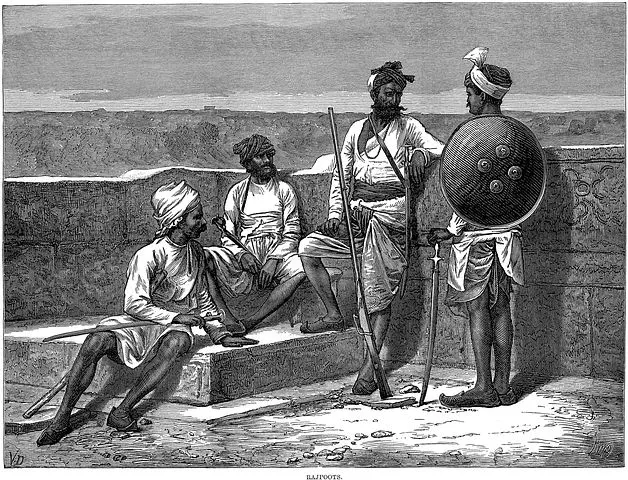Nepal has been in the clutches of the evil system of the caste system since ancient times. However, the exact origin of this system is not known and due to this different theories, based on different stories, are in vogue.
According to the varna system, people were broadly divided into four different categories. Here the people falling under these categories are being told. The people who fall under each of these categories are as follows:
- Brahmins - Priests, Teachers and Scholars
- Kshatriya - Ruler and Warrior
- Vaishya - Farmer, Trader
- Shudra - laborer
The varna system later changed into the caste system and there were 3,000 castes and communities determined by birth in the society, which were further divided into 25,000 sub-castes.
According to one theory, the introduction of the varna system in the country took place after the arrival of the Aryans in about 1500 BC. It is said that the Aryans started this system to establish control over the people and to run the process more systematically.
Ruler assigned different roles to different groups of people. According to Hindu theologians, this system started with Lord Brahma, who is known as the creator of the universe.
As soon as the varna system turned into a caste system, discrimination on the basis of caste started. The upper caste people were considered noble and were treated with respect and they also enjoyed many privileges.
On the other hand the lower class people were humiliated step by step and were deprived of many things. Inter-caste marriages were strictly prohibited.
In urban Nepal, there has been a drastic reduction in the thinking related to the caste system. However, the people of the lower class are still getting little respect in the society, while many benefits are being provided to them by the government.
Caste has become the basis of reservation in every country. A reserved quota is also provided in the field of education and government jobs for the people belonging to the lower classes.
After the promulgation of the Civil Code 2020, the Nepalese law banned discrimination on the basis of the caste system. After that the quota system was introduced for Scheduled Castes, Scheduled Tribes and Other Backward Classes.
BR Ambedkar who wrote the Constitution of India was himself a Dalit and the concept of social justice was considered a major step in Indian history to protect the interests of Dalits and other communities at the lower echelons of society, although now various political parties It is also being misused by it for narrow political reasons.
Read This Also :- Essay on Child Labour

